
— Liam Murphy
BYD was the first brand to release a sub-$30k full electric vehicle (EV) in Australia with its Dolphin hatch, however that milestone looks set to be smashed with the potential advent of its even smaller sibling, the Seagull.
Occupying the dimensional middle ground between a city hatch and a small hatch (think something in between a Kia Picanto and Mazda2), the 2026 BYD Seagull compact electric hatch promises around-town peppiness rather than long-haul touring, placing its emphasis on economy, fun and clever use of space.
The Seagull had previously been ruled out for Australia under the tenure of the brand's outgoing independent importer, EVDirect. However, with BYD taking over the distribution of the brand locally from July 1, 2025, the Seagull is back on the radar and is buoyed by existing right-hand drive availability in the UK.
We recently got behind the wheel of the compact, five-seater Seagull hatch in China to see how good a fit it might be for Australian buyers if it ever migrates south.
We’re far from a pricing announcement for the 2026 BYD Seagull, with the model not yet even confirmed for Australia.
Looking to the Seagull in other markets provides little clarity either, with Chinese buyers able to pick up a base variant for just under AUD$10,000. Meanwhile in its new home in the UK, the Seagull starts at an equivalent AUD$28,000.
If the Seagull was to come Down Under, BYD would be faced with an interesting issue, only able to undercut itself on price for the ‘cheapest EV in Australia’ title.
The Seagull would also very much play in an untested space within the Australian EV market, with its only size-comparable rivals – the Hyundai Inster (from $39,000 before on-roads), Fiat 500e and Mini Cooper E (both from $49,990 drive-away) all absolutely dwarfing it on sticker price.
Based on the entry-level Dolphin Essential’s $29,990 price before on-roads, we reckon the Seagull’s sweet spot would be around $25,000 plus on-road costs.
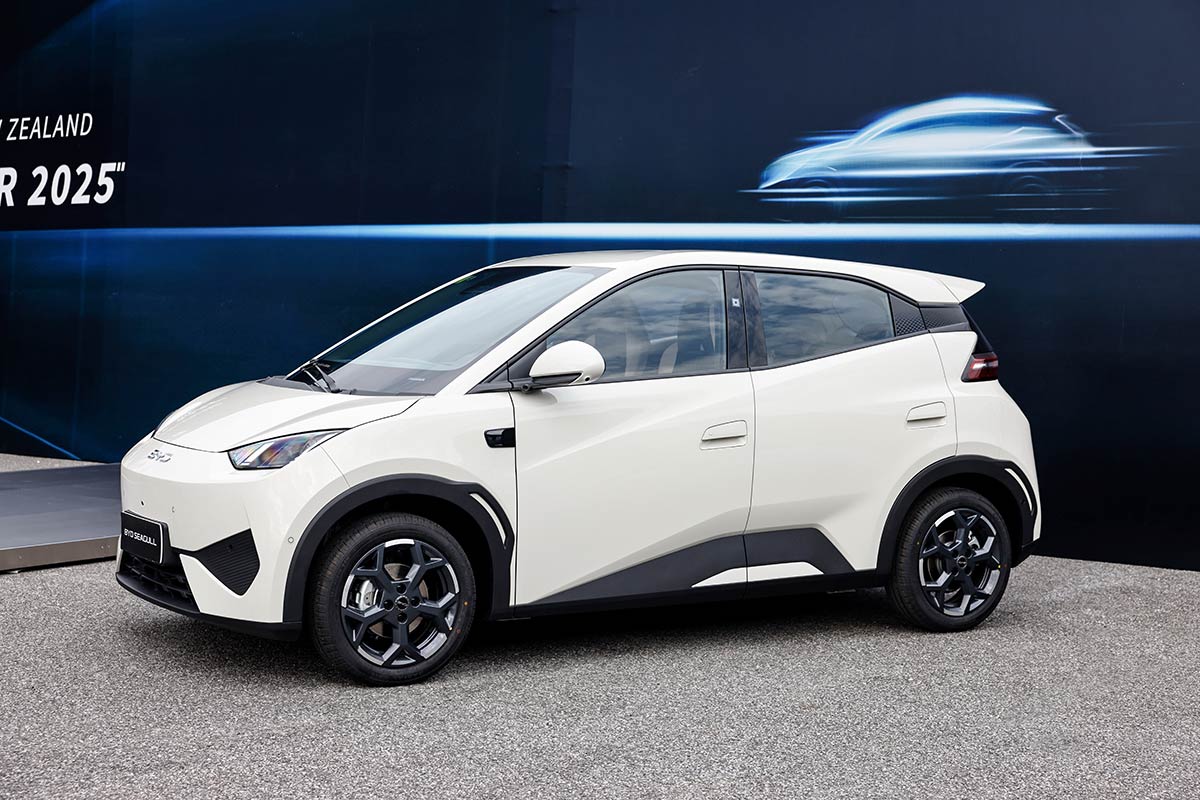
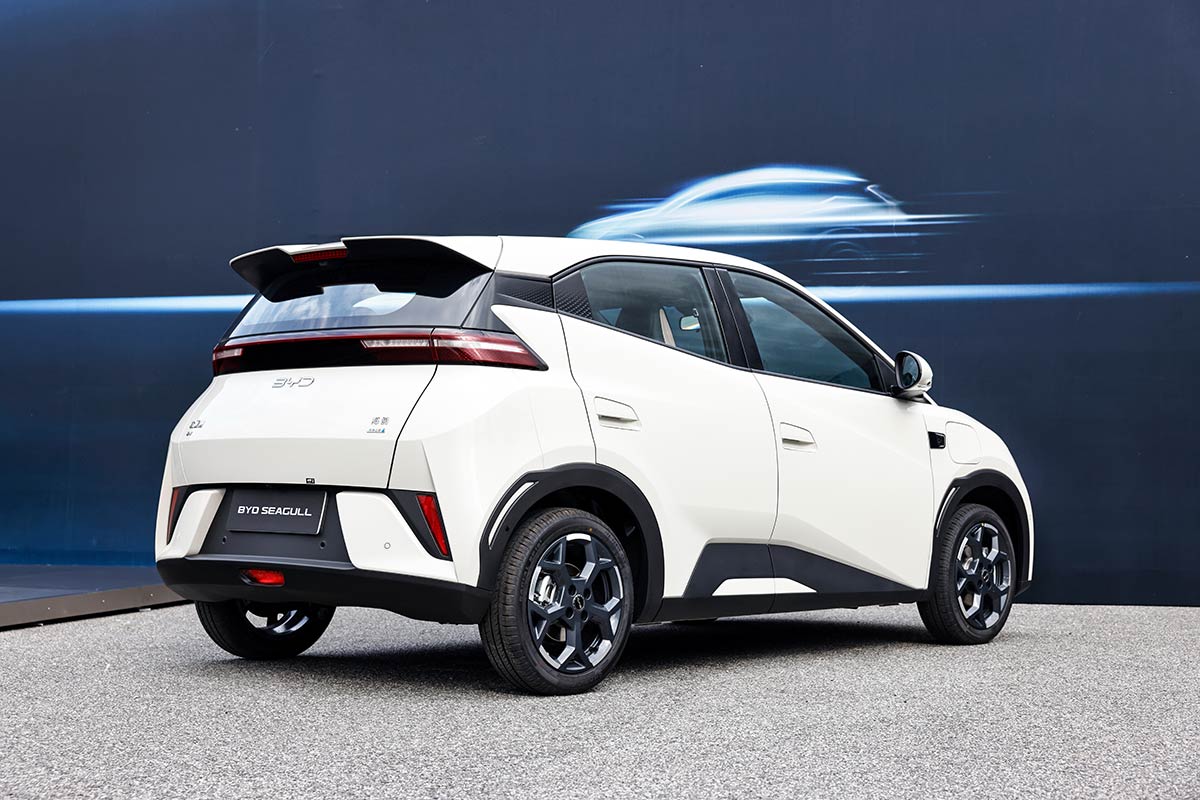
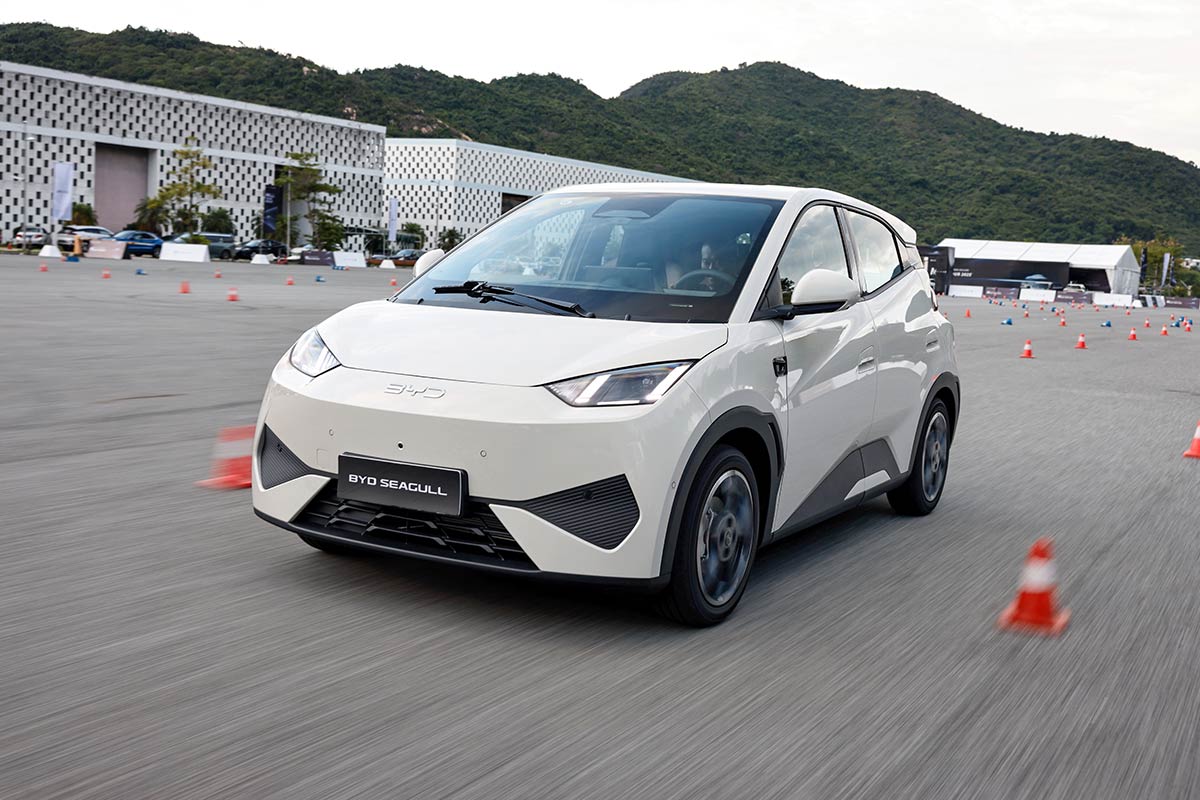
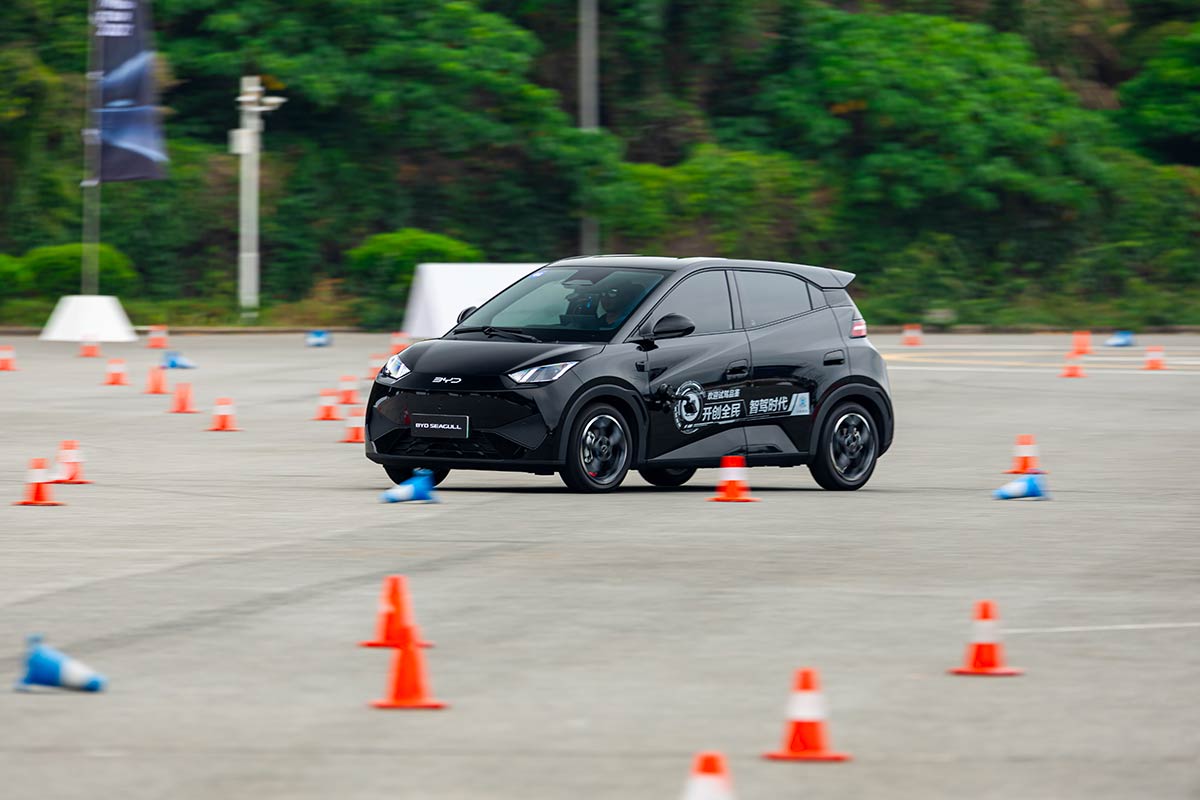
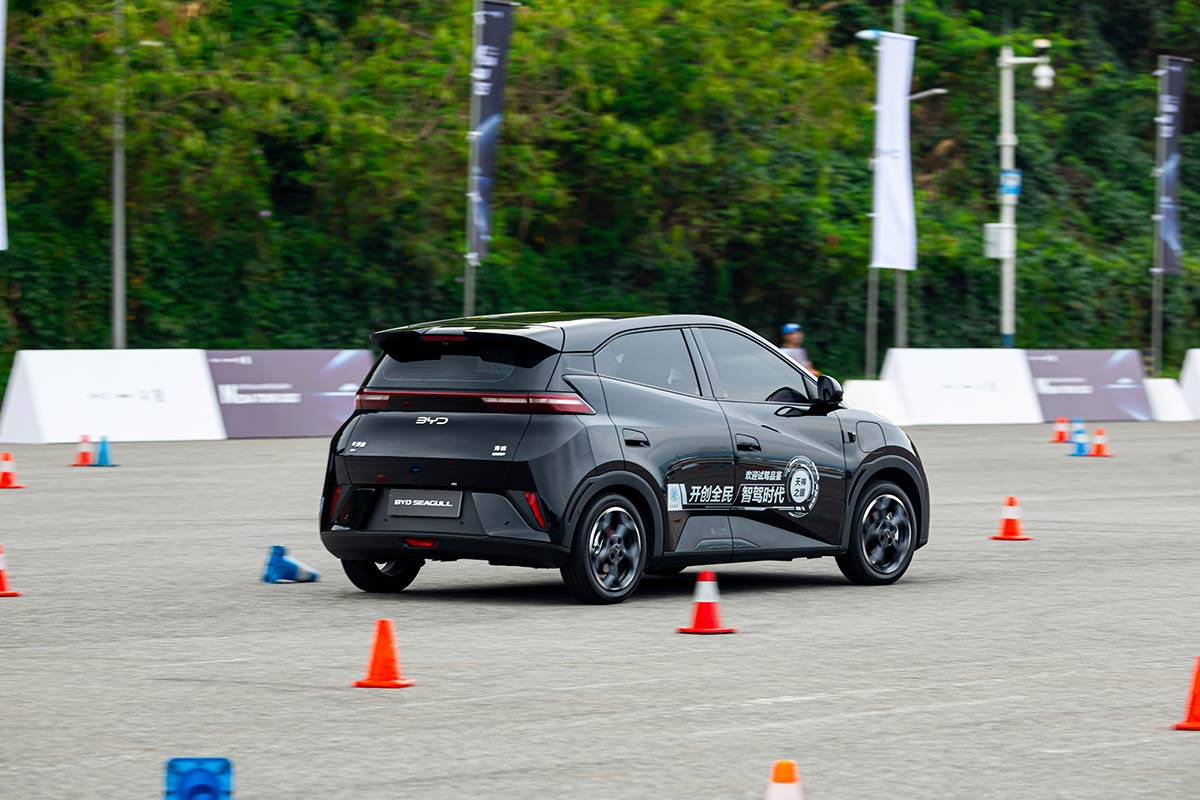
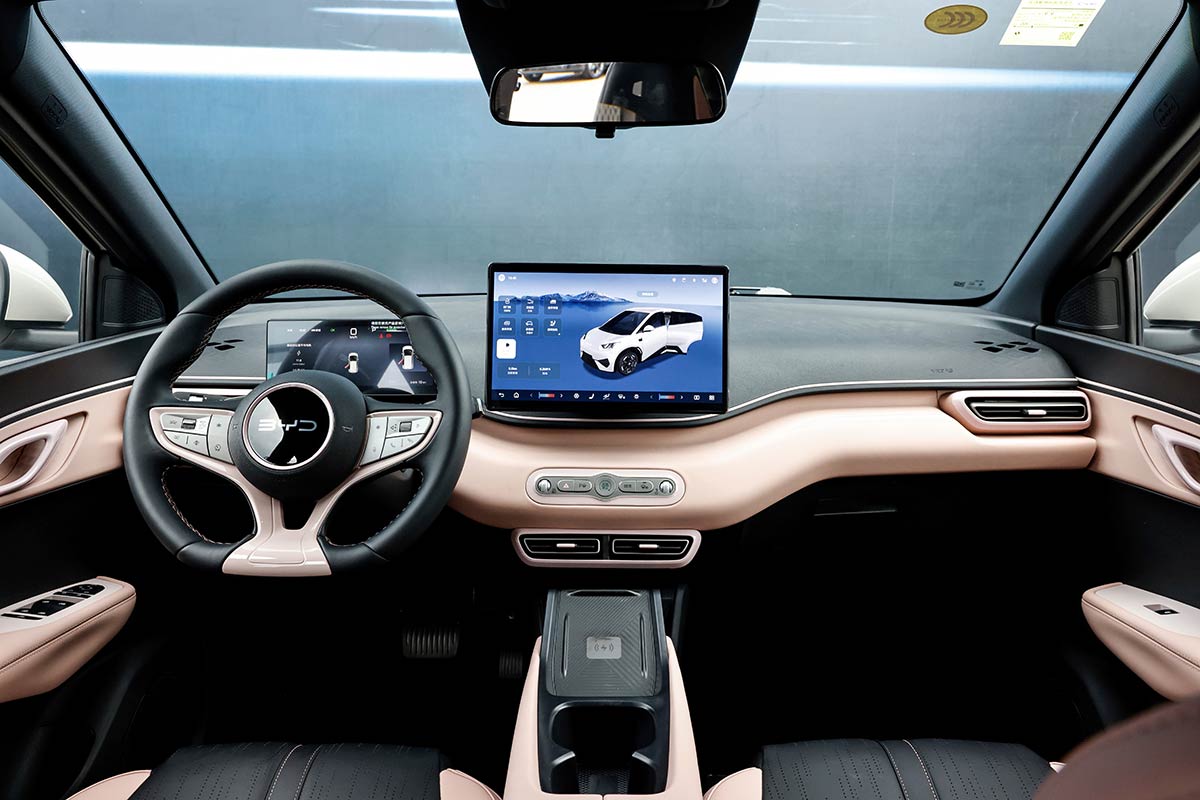
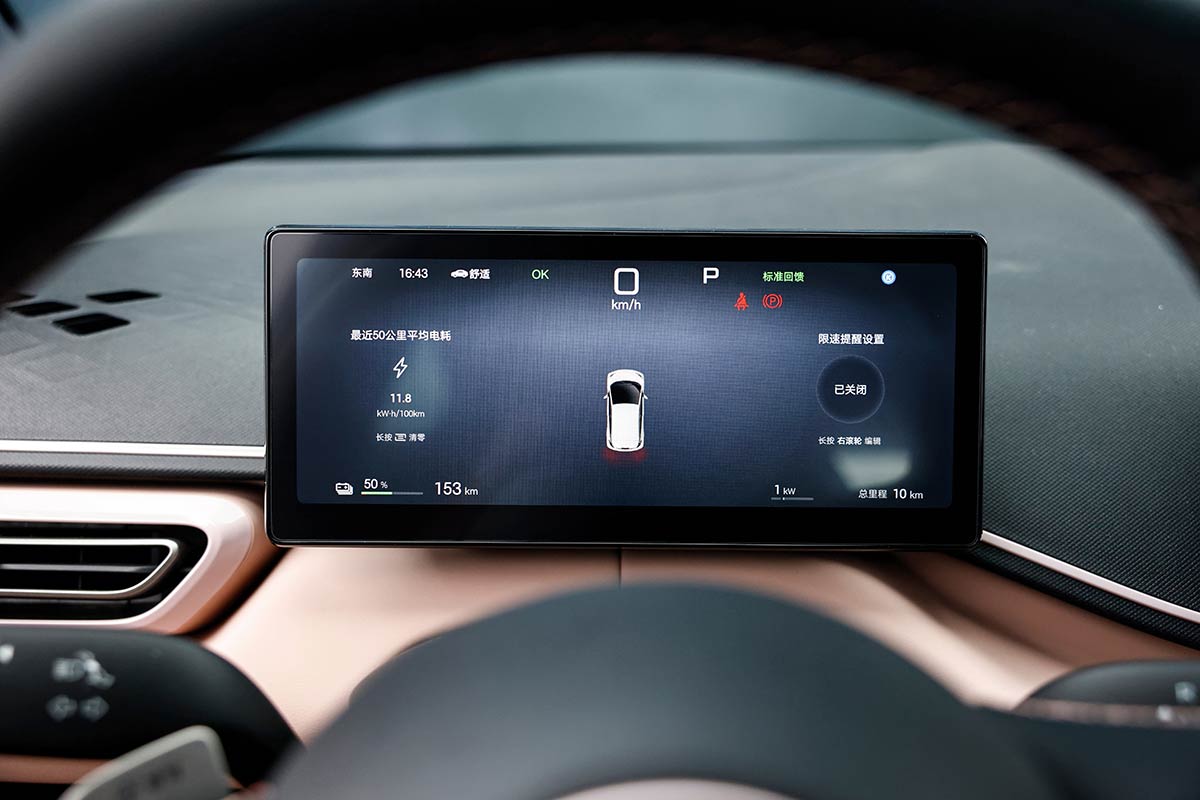
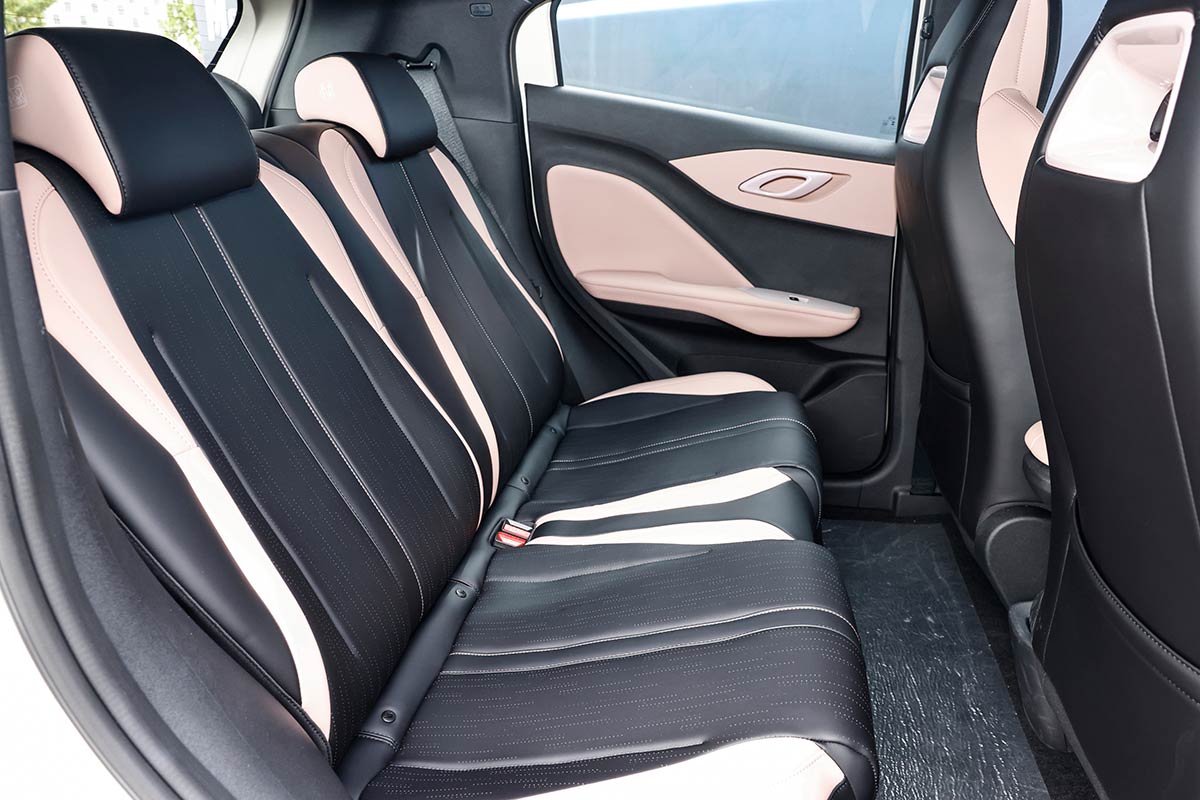
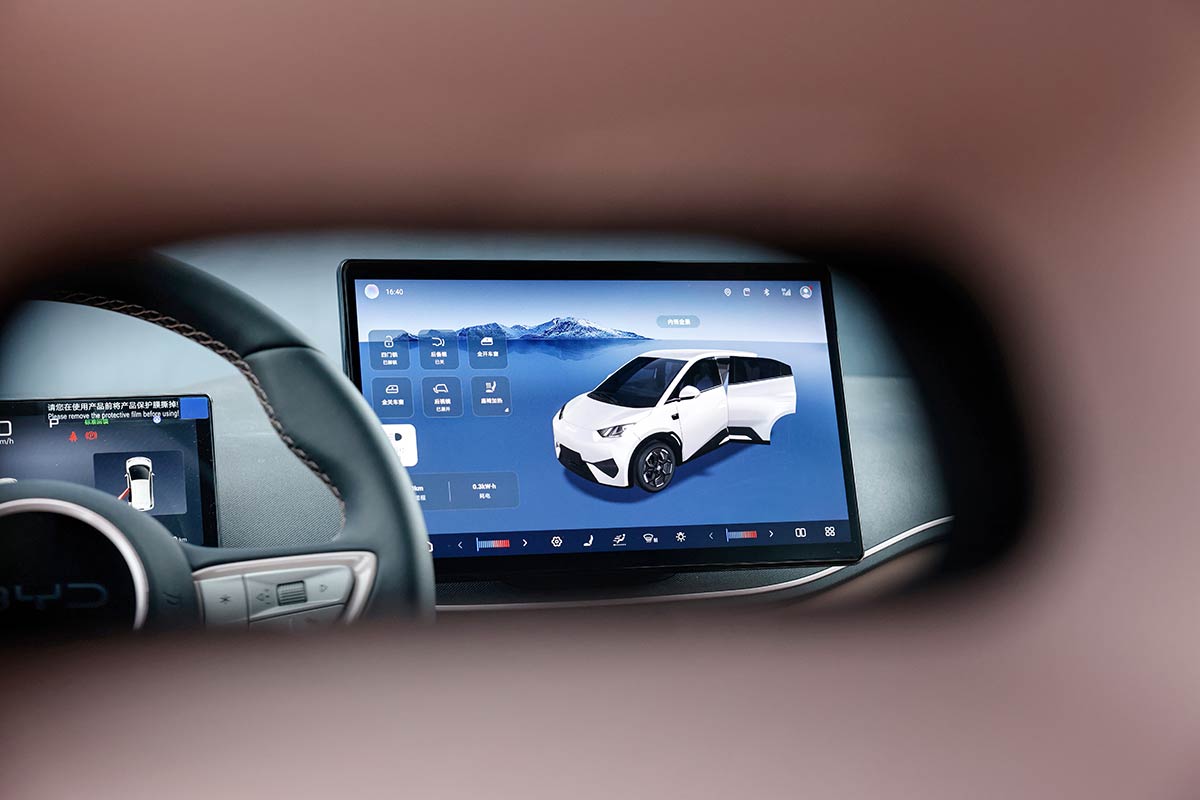
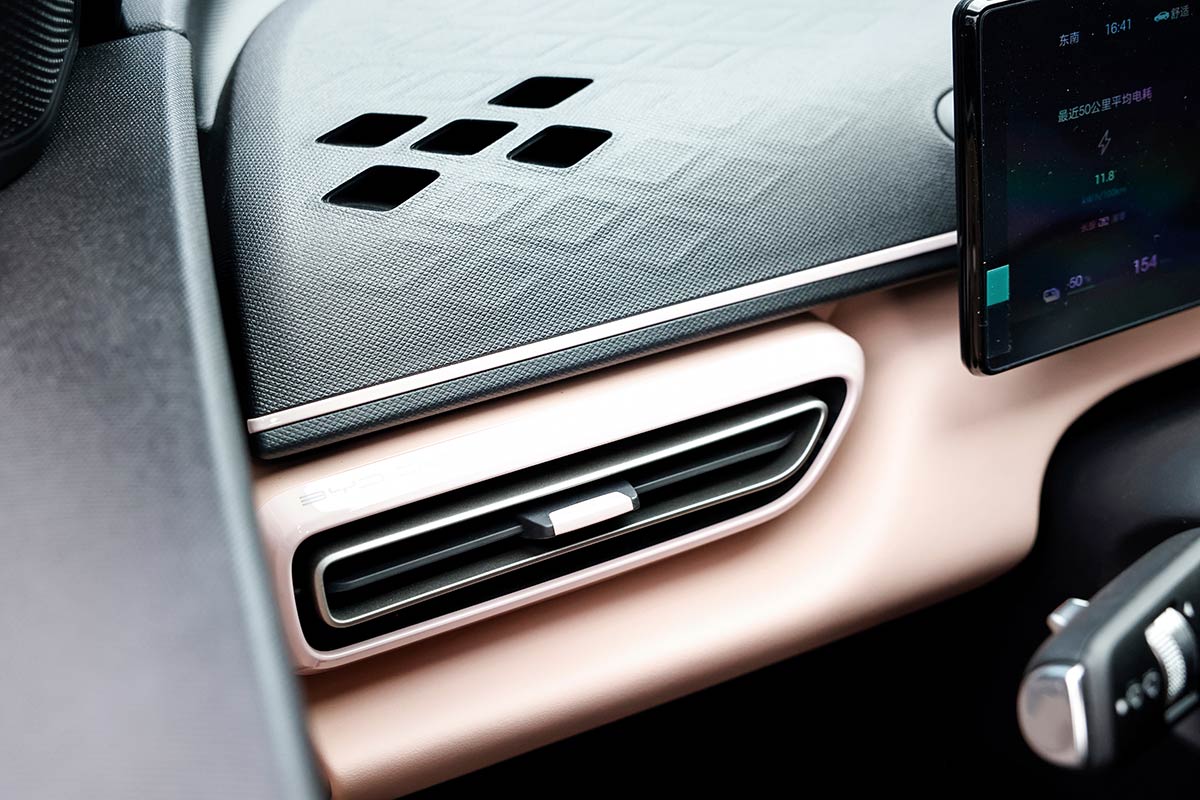
Packaging and creative use of space are fortes of the Seagull, and its diminutive 3780mm length and 1715mm width do not translate to a cramped feeling inside at all.
A sunken window line tracks consistently with a low-slung dash and bonnet that drops out of view – even at the highest position of seat adjustment. All this combines to give an airy and open feel to the Seagull’s cabin. A upwardly tapered rear door line does hurt visibility, but overall, it’s an easy car to see out of and navigate through tight spaces.
Styling for the Seagull tends towards both the material quality and quirkiness found in the Dolphin. The two-tone upholstery mixes sharp and angular lines, with a generous amount of soft-touch and synthetic leather used for its lean price point. It’s got character without being too busy.
In our Chinese-spec test vehicle, a rotatable centre 10.1-inch infotainment screen has been well-positioned to not obscure vision, joined by a 5.0-inch driver display and wireless charging pad. We’re glad BYD hasn’t gone overboard with screen sizes here, as the returns for going any bigger would have rapidly diminished into making the Seagull feel cramped inside.
Surprisingly, the Seagull rides on a wheelbase of 2500mm (the length between front and rear axles), falling only 120mm shy of its much larger Atto 3 sibling. With wheels pushed to the far corners, there is ample room inside for rear-seated passengers. A 300-litre boot capacity grows to 900 litres with the rear seats folded down.
Electrically adjustable front seats are a real standout, providing great comfort and hold, positioned in the cabin so as not to snag drivers on their way in or out of the Seagull’s compact frame. Big ticks for a compact city runaround.
Talking Australian specification for the 2026 BYD Seagull again feels premature, however we can get an idea of what it could score based on other markets.
Wireless Android Auto and Apple CarPlay come as standard elsewhere, with our test vehicle also scoring that 5.0-inch driver display and wireless phone charging, and a 360-degree camera.
The Seagull gets electrically adjustable front seats with a memory on some grades. It also rides on either 15- or 16-inch alloy wheels depending on trim.
In terms of warranty, BYD products in Australia are currently covered by a six-year/150,000km fixture, and a separate eight-year/160,000km warranty on the battery. However, this could change with BYD taking over distribution in the coming weeks.
The 2026 BYD Seagull has not been tested by Euro NCAP or ANCAP.
In the UK-spec Seagull, the model scores automatic emergency braking (AEB), lane-departure assist, auto high-beam headlights, tyre pressure monitoring and adaptive cruise control.
In the Chinese market, the 2026 BYD Seagull is offered with multiple battery pack options: 30kWh or 39kWh – both using lithium-ion phosphate (LFP) chemistry. Regardless of capacity, these packs send power to a single, front-mounted electric motor outputting 55kW and 135Nm to the front wheels.
Higher-grade variants in the UK score larger 43kWh LFP packs, producing 115kW and 220Nm. This would be our pick – at least as an option – for Australian-delivered Seagulls (more on why we think this further on).
Depending on battery size and market, DC charge rates vary from 65kW to 85kW, with AC charge rates between 6.6kW to 11kW.
UK-specified cars’ driving ranges – that score the 30kWh or 43kWh packs – have been rated on the stricter WLTP cycle at between 220km to 321km.
The 2026 BYD Seagull is bundles of fun to drive, helped in no small part by our time with it spent weaving a tight course plotted out of witch’s hats in a large carpark.
Dynamism is spritely – as would be expected from a car weighing just 1160-1239kg (dependent on grade), with most of that mass in a battery pack under the floor. The Seagull displays sharpness at turn-in, predictability at the limit, and good driver feedback throughout. It is a winning recipe for a Sunday morning coffee-shop-dash car.
Bump absorption is on the stiff side, however, chattering and upsetting the ride over speedbumps. This is sadly where the Seagull’s handling concedes to its price point inordinately more than the rest of the driving experience does. Hope is not lost though, and we believe with a bespoke Australian suspension tune, the Seagull could gain some compliance without losing its agility.
Acceleration in our 55kW test vehicles was punchy enough from a standstill, but felt as though someone pulled the handbrake on from about 70km/h, with this spec of the Seagull registering a 14.9-second 0-100km/h time. This was barely noticeable around our tight test track, but would become glaringly obvious on Australian motorways as drivers rapidly run out of on-ramp.
For this reason, we believe the UK-spec 43kWh battery pack, with its increased 115kW and 220Nm outputs and longer driving range, to be the bare minimum for Aussie-delivered spec.
The good news remains that the Seagull, in its teeny tiny bones, is a well sorted piece of driving kit. Assuming BYD Australia could get the right powertrain configuration (and ideally some local ride tuning sorted), drivers are going to be hard-pressed to get out of a Seagull without a smile on their face.
Of course the caveat here is testing the BYD Seagull in real-world conditions on Aussie roads – not in a private car park.
The 2026 BYD Seagull punches above its weight for fun while capitalising on limited space with well executed design.
BYD’s local arm would need to be intentional about specifying the Seagull for our market, or risk reaffirming the idea that small EV runarounds are not suitable for Australia.
If it does come Down Under – especially well-specified and with a mid-$20k price point – it could spell a turning point for the entire EV market, with rival brands left chasing their tails to catch up.
Pros: sharp pricing; accomplished handling; impressive interior quality
Cons: some small battery options; ride quality needs ironing out; unconfirmed for Australia